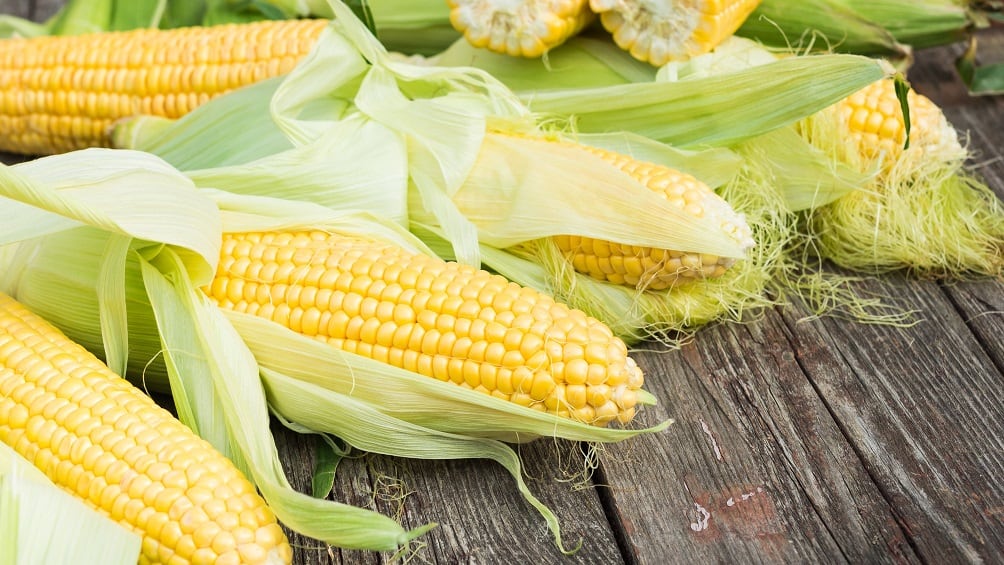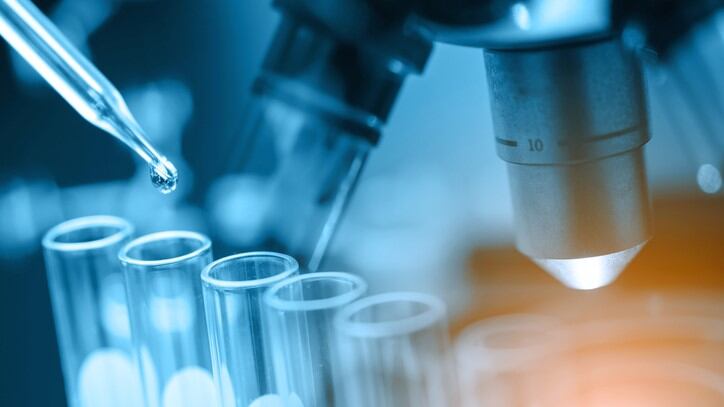Hiroki Himeno of Glico’s global sales division told CosmeticsDesign-Asia that the company currently focused on expanding Bioglycogen to international markets.
“Bioglycogen has been launched for five years and many Japanese companies are using it. Now we are introducing it to Europe, North America, China, Korea and Taiwan. We are confident it will do well internationally,” he said.
Glycogen plays an important role in maintaining skin condition, and Himeno explained that Bioglycogen’s main functions were to increase the production of hyaluronan and ceramide.
Himeno added that the company sees plenty of potential in Asia for the ingredient, especially in China.
“In Asian markets, especially China, are very interested in Japanese-made products. Bioglycogen has very concrete research evidence and also Glico is well-known in China so it will be easier to get people interested in our products.”
Bioglycogen is highly soluble in water, has high stability and can be easily combined with other ingredients, except more than 10% alcohol.
A unique factor
Glico conducted a study on 20 participants, male and female, aged 45 to 59 years with “lack of vitality and moisture” in the skin.
Over the course of a month showed that lotion and cream containing 1% Bioglycogen was able to significantly improve stratum corneum hydration, wrinkles and minimise pores.
While glycogen can be extracted directly from corn, it is usually more costly. Additionally, said Himeno, extracting the ingredient from corn starch gives it a ‘unique function’.
Himeno explained that Bioglycogen was able to improve the skin’s overall resistance to UVB ray damage, making it a useful component in anti-UV products.
Unlike other compounds, Bioglycogen does not work by scattering and absorbing UV radiation.
Instead, Himeno elaborated: “This ingredient promotes the production of antioxidant proteins, NQ01 and h01. This inhibits the accumulation of reactive oxygen species (ROS) induced by UVB.”
A month-long study on 17 volunteers conducted by Glico showed that applying a cream containing 0.5% Bioglycogen showed a significant reduction in redness following UVB exposure.
According to Himeno, this function is only observed in Bioglycogen and not natural glycogen from mussels or corn.
Currently, Glico only has data that shows the effectiveness of Bioglycogen against UVB. The company’s next step is to study the ingredient’s effect on UVA.





